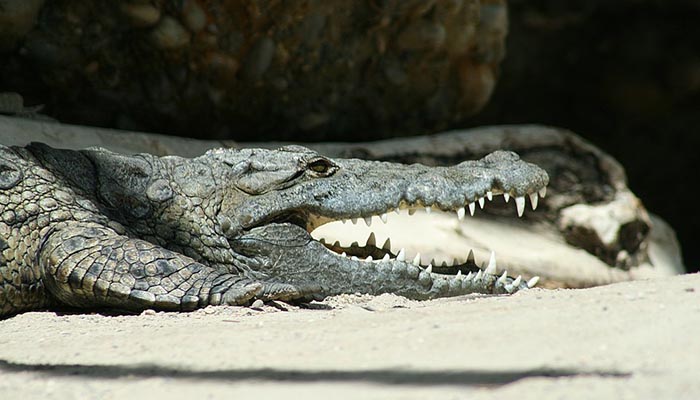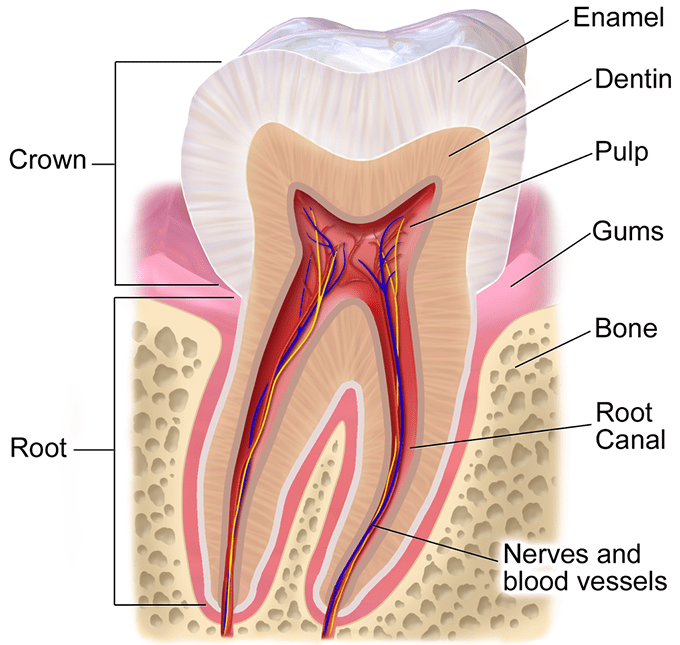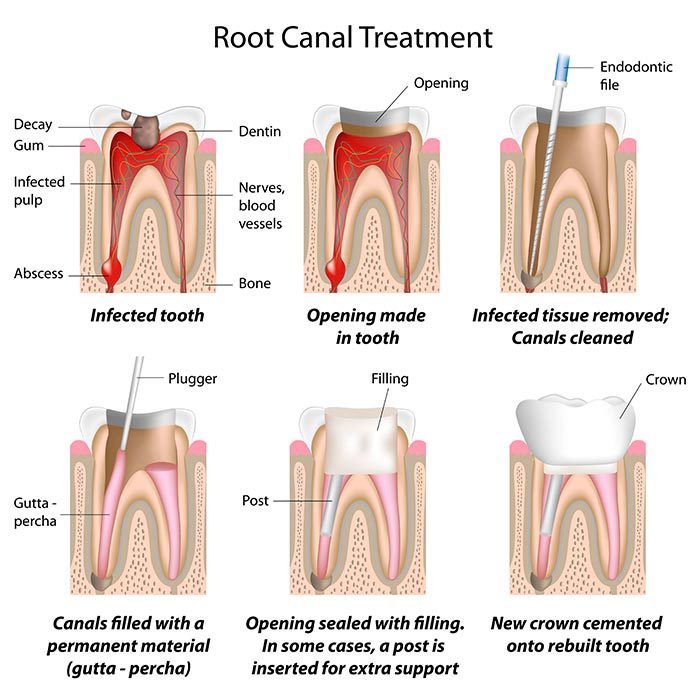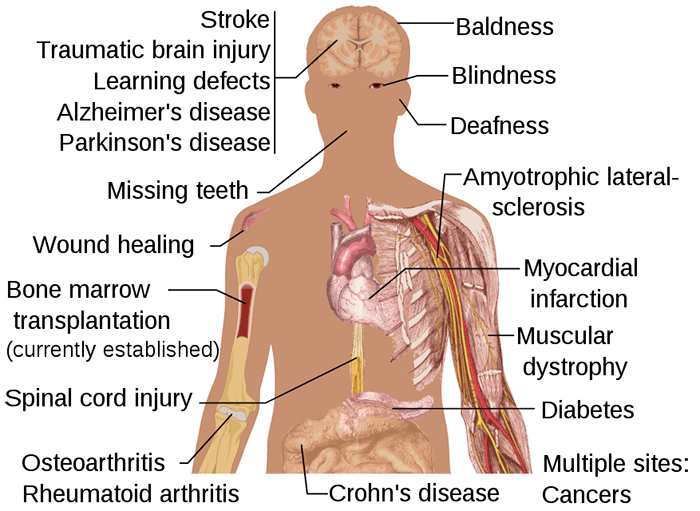Through accident, inadequate dental care, or old age, tooth loss or decay is a common problem. Everyone reaches a point where they wish they could regrow a tooth. And in the not too distant future, this might be a scientific fact. With recent breakthroughs in dental research, it could be possible to regrow teeth.
But for those who prefer fingernails on a chalkboard to a visit to the dentist, don’t cut back on dental hygiene. If dentistry fills you with dread and fillings with fear, tooth decay is not yet a thing of the past. Dental implants are still going to be the only way to replace teeth for a few years yet.
Can we regrow teeth?
According to Merriam Webster, the term polyphyodont means ‘having several or many sets of teeth in succession.’
And while humans are not polyphyodont and have only two sets of teeth, many animals are, including teethed fish, reptiles, and a few mammals, such as elephants or kangaroos.
The existence of polyphyodonts has long had scientists searching for a way to regrow human teeth. But until recently, they have had little success.
Now a series of research successes have brought the possibility of regrowing teeth much closer to reality.

Read more: Where Does Dust Come From, and Does it Have a Sinister Side?
Regrowing enamel
Enamel is the hardest substance the human body produces. It is there to protect the dentin, the softer bone-like material of our teeth. It is under constant attack and must survive acids, bacteria, wear, and knocks. And it does an excellent job. But when damaged, it cannot repair itself.

The complex structure of human tooth enamel has been complicated for dentistry to reproduce. The search for enamel regrowth has been unsuccessful until now.
Scientists at Zhejiang University have been working on a method that might help regrow enamel. They have successfully created tiny clusters of calcium phosphate, a significant component of enamel. By using triethylamine to aid in creating these clusters, they have made them in much smaller sizes than have been managed previously.
The study tested these clusters on human teeth. The results created layers similar to natural enamel in both strength and resilience. The team’s next phase of research will focus on thickening the layers formed and then moving to clinical treatment trials.
Regrowing roots
‘Root canal surgery,’ three words designed to strike fear into the heart of even the toughest. But that could be a phrase destined for the bin if researchers at the University of Southern California have their way.

Epigenetics, the study of changes in gene function due to environmental and time factors, is an exciting research field. It has relevance for everything from cancer research to dementia. And now the regrowing of tooth roots.
By looking at how different proteins regulate root patterning and growth in the molars of mice, the research team hopes to regrow a human tooth root eventually. They have found that the balance between specific proteins is critical to correcting and developing the root. This is the first step toward their ultimate goal of regenerating human teeth.
Stem cells
Stem cells are like the Lego of the human body. They come in a billion different configurations, construct anything from a canoe to the Deathstar, and have fascinated scientists since their discovery. And stem cells don’t hurt when you stand on them. Stem cell research is a hot topic for scientists of every flavor.

Stem cell dental implants
Current dental implants aren’t great. They take forever and don’t always work, as sometimes they don’t successfully attach to a patient’s jawbone. The flaws with implants have had dentists searching for a replacement.
Stem cell dental implants are the new holy grail for dentists. Instead of the current dental implants that can be unpleasant, and with a healing process that can take months, stem cells could repair nerve damage, stimulate tooth regeneration, and regrow adult teeth.
Researchers have been trying to use stem cells to regrow human teeth for a while now. In 2010, a team from the Columbia University Medical center used them to build a 3D natural scaffold integrated into human tissue and used to grow teeth.
In 2013, the University of Southern California examined the stem cells in the teeth of alligators. The first step to isolating the stem cells and developing methods to grow teeth in a lab.
A drug used in the treatment of Alzheimer’s patients may have brought us another step closer. Tideglusib is a drug used to inhibit enzymes known to be associated with brain disorders. A team at King’s College London has published a study that proves Tideglusib also stimulates stem cells in teeth. The drug stimulates stem cells already living in our teeth pulp to regenerate dentin. This substance protects tooth pulp from infection. By promoting the natural processes of our teeth, they hope to be able to repair cavities and decay naturally.
When will new teeth be available?
Don’t start planning on a new set of perfect teeth. The regrowth of your pearly whites is still a lab experiment. While significant steps have been taken in dental research and tooth development, it will be years before this kind of treatment is widely available.
If you want to avoid tooth decay, your local dentist and an awful gold crown, brush twice a day. Or those dentures you remember your grandad wearing might still be yours.


